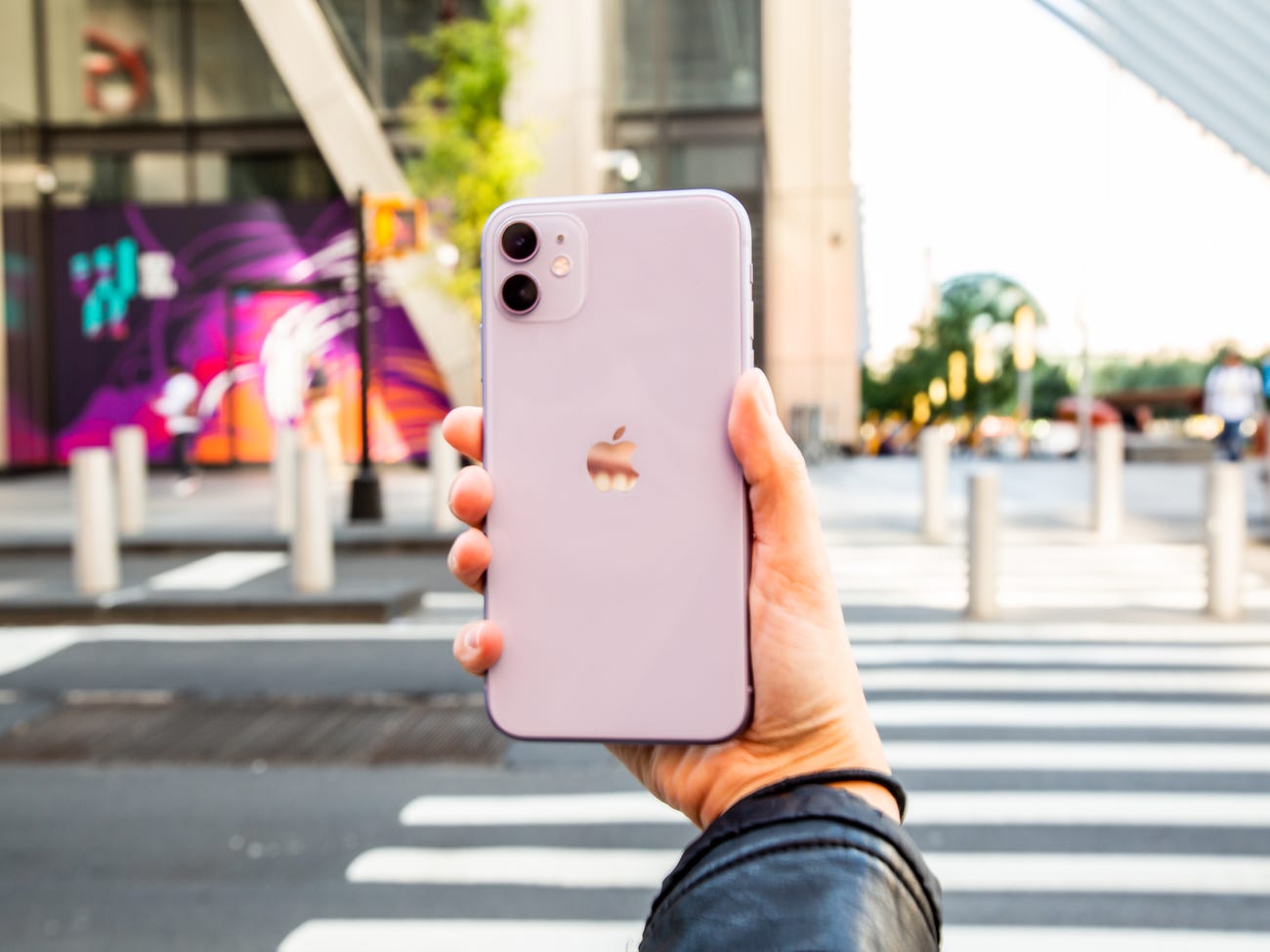Apple launched a new ultra wideband chip that could render Bluetooth obsolete
Buried at the bottom of iPhone 11 promotional material detailing new cameras and improved battery life, Apple mentions Ultra Wideband (UWB) chips, a technology which could usher in a new era of connectivity.
UWB chips boast highly accurate spatial awareness and can pinpoint objects within a 30-centimeter range, compared to the 1-meter range offered by existing Bluetooth technology, according to Wired. Apple only detailed one application of UWB chips involving improved AirDrop functionality, but it says the chips will broadly enable intra-device location sharing, creating a “GPS at the scale of your living room.”
UWB-equipped devices will enable a plethora of new location-based, IoT solutions. Here are two ways we think Apple could leverage the technology to strengthen its services:
- The Apple Watch and iPhone will become the center of smarter smart homes. Precise location communication could allow Apple products to communicate with smart home devices in order to create a more seamless experience. For instance, an Apple Watch could communicate with a smart thermostat to heat or cool specific rooms according to real-time occupancy. UWB chips also allow for smart unlocking of cars and front doors — Volkswagen, for instance, has been researching UWB for securely unlocking cars, as the technology cannot easily be hacked. These sorts of features could help Apple’s smart home ecosystem — the HomeKit platform launched in 2014 — gain an edge over Amazon’s and Google’s.
- Apple Pay could see higher utilization through further integration of technology in the brick-and-mortar shopping experience. As early as 2013, Apple partnered with retailers to integrate iBeacons in shopping outlets. iBeacons emit a signal to communicate with nearby devices, creating a location-based notification system. However, the lack of location specificity associated with Bluetooth transmitters limited the usefulness of this technology. UWB chips could create a more advanced tech-enabled shopping experience. For instance, retailers could push notifications for product discounts based on the specific item a consumer is standing in front of. Consumers could also direct their iPhone or Apple Watch toward products and see other recommended products. If a user selects a recommended product, the UWB-enabled device could then guide the user to its location in the store. The experience could be cashless, as demonstrated through Amazon Go stores, providing a funnel for increased volume of Apple Pay transactions.
UWB technology has existed for some time, but Apple’s move to adopt it could make it the new industry standard. The Federal Communications Commission authorized UWB products in 2002, but Bluetooth technology proliferated because it was cheaper and was sufficient for devices at the time.
It became the standard for consumer products, benefiting from the network effect, while UWB was largely relegated to industrial applications. Apple is one of the few companies with a user base large enough to instigate new industry standards — think back to its move to remove the headphone jack, considered sacrilegious at the time but taken for granted now.
Apple used this to its advantage in the headphone realm, as its AirPods accounted for 60% of global wireless earbuds shipments in Q4 2018, a market which was previously stratified. Device-makers should embrace the adoption of UWB, lest they risk being left trailing behind Apple.
Avots: business insider
Rakstu kategorijas
Citi raksti kategorijā "Tehnoloģijas"
IT Risinājumi,
03. February 2021
Mobilitāte,
29. December 2020
Bizness,
29. December 2020
